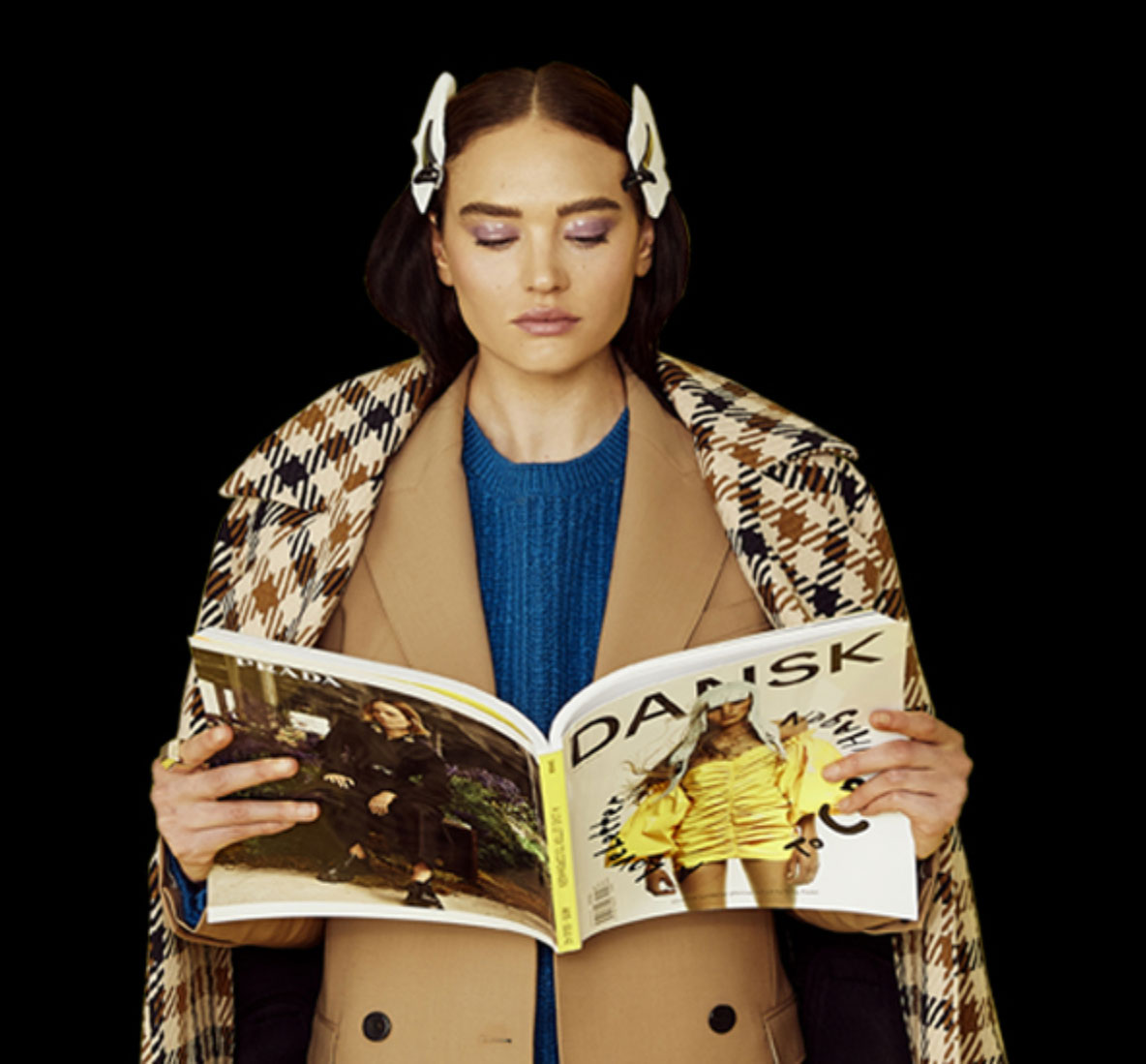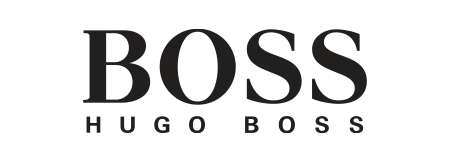Updated March 2021
According to the Business of Fashion, styling is one of the fastest growing professions in the fashion industry, yet a Fashion Stylist’s job description can be widely misunderstood. So let’s dig deeper.
What does a Stylist do?
On a surface level, a stylist can be seen as someone who selects clothing and accessories for individuals, editorial shoots, and runways. But there is much more to this exciting and diverse career.
From personal to, celebrity, to corporate and editorial styling there is no one way to answer what exactly a fashion stylist does.
“I’m a tool to get my clients to be the best version of themselves,” says personal and editorial stylist, Samantha La Porte, “It’s about creating the best version of their style, it’s about the client, it’s not about me.”
Sam, an ASI alumni, says styling is about helping her clients to transform, not just their wardrobes, but their lives.
“I work with a broad range of clients, both men and women of any size, budget or lifestyle to achieve memorable outcomes and transformations,” she says.
What does a Personal Stylist do?
2016 ASI Stylist of the Year, Juvelle Behrendorff says, being a personal stylist is about helping people discover their own unique styles.
“I work with people one-on-one to help them figure out their personal style,” says Juvelle, “this usually includes style consultations, wardrobe edits and personal shopping to fill their wardrobes, as well as for special events.”
“I also do editorial styling,” she says,
What does an Editorial Stylist do?
Editorial styling is all about collaborating with other creatives including photographers, hair and makeup artists and designers to produce imagery according to the brief supplied by a client. “This involves creating photo shoots for big campaigns, magazines or lookbooks for labels and designers.” Juvelle says.
“With editorial styling, I work in a couple of different ways depending on what the images are for,” says Sam, “Whether it is for a lookbook, a magazine, social media or for personal branding, I always start with a brief.”

“Then I begin researching and sourcing for particular items (clothing, shoes, accessories, props, etc.) necessary to convey the desired story, message or look,” she says.
While the technicalities of personal and editorial styling may differ, they are both at their cores about the clients. Read more about editorial styling and the journey of freelance stylist Josie McMannus here.
How to become a Fashion Stylist.
There is a misconception that all you need to be a stylist is a #passionforfashion and a knack for putting outfits together. While these are important, your interpersonal skills and education far outweigh the need to be a fashionista.
We are always asked “how do I become a clothing stylist and how can I be successful?” To be a successful stylist, you must be empathetic, patient and a creative person too.
“My job involves a huge amount of understanding, relationship building, knowledge and research,” says Sam, “Getting to know what my clients want, need and what their desired outcomes are, as well as knowing where to go to find the right pieces for them is crucial to achieving results.”
“At every stage of the process, I always have my client’s outcomes in mind,” she says.
“I think the most fundamental skill for a stylist to have is the ability to listen,” says Sam, “You must be open to others, open to change and malleable to circumstance.”
Sam pursued a career in styling after working as a chef.
“It was just after having my second child that I felt a little lost, I had been made redundant and was looking to change direction,” she says.
Since graduating from ASI and becoming a stylist, Sam’s had work published in Harper’s Bazaar and Grazia as well as travelling to Sri Lanka to style shoots for Sass & Bide. Styling is ever evolving and as we lean on digital platforms more than ever, the opportunities for local and international styling have become borderless. Read more about becoming a Virtual Stylist here.
What’s the best part of being a Stylist?
Despite these outstanding achievements, helping people is still the heart of her career.
“The highlight of my career so far is being able to make transformational differences with my clients,” says Sam.
Juvelle who has styled the likes of Tash Oakley, Devon Brugman and Samantha Harris, says being awarded Australian Style Institute’s Stylist of The Year is still one of her career highlights.
“To be recognised by teachers and mentors I respect highly was a tremendous honour,’ says Juvelle, who worked in sports science before becoming a stylist.
“There’s nothing better than just jumping head first into something, I create my own opportunities,” she says regarding her decision to change careers.
What you need to become a Fashion Stylist.
Both Sam and Juvelle credit skills and knowledge as one of the most important things a stylist needs.
“Research is key to being a great stylist,” says Sam, “You need to know where to go and how to help.”
“Give yourself the education first, it gives you the skills and confidence you need to succeed,” says Juvelle, “enrolling at Australian Style Institute was one of the best things I ever did.”
“The knowledge you get at Australian Style Institute is much more in-depth, you learn about human behaviour and the psychology behind dressing,” she says.
“Styling is such a hands-on job, so the fact that you style your first client in the five-day intake, style your first shoot in the three-day intake and are presenting material in the masters is above and beyond,” she says.
Knowledge, skills and a love of fashion are all critical when it comes to styling. However, Juvelle feels that teamwork and flexible are the most important traits a stylist can have.
“No matter what styling I do, it’s always about being a team player and listening to other people,” she says “thinking on your feet and being flexible is the best things you can be as a stylist.”
How to become a Stylist in Australia.
Train with Australian Industry leaders, access the world’s largest styling resource library and be supported with unlimited mentoring and networking opportunities at Australian Style Institute.
If Fashion Styling, Personal Styling, Editorial Styling or Celebrity Styling interests you and you want to learn more. Simply download your free course guide which will provide you with all the information you need about our extensive styling courses available both online and in-person.
Or alternatively, book in a time to chat with us about which course suits your lifestyle and career goals here.
“If you’re already thinking about it, you’re taking too long, ” says Juvelle, “just jump in and give it a go.”





















